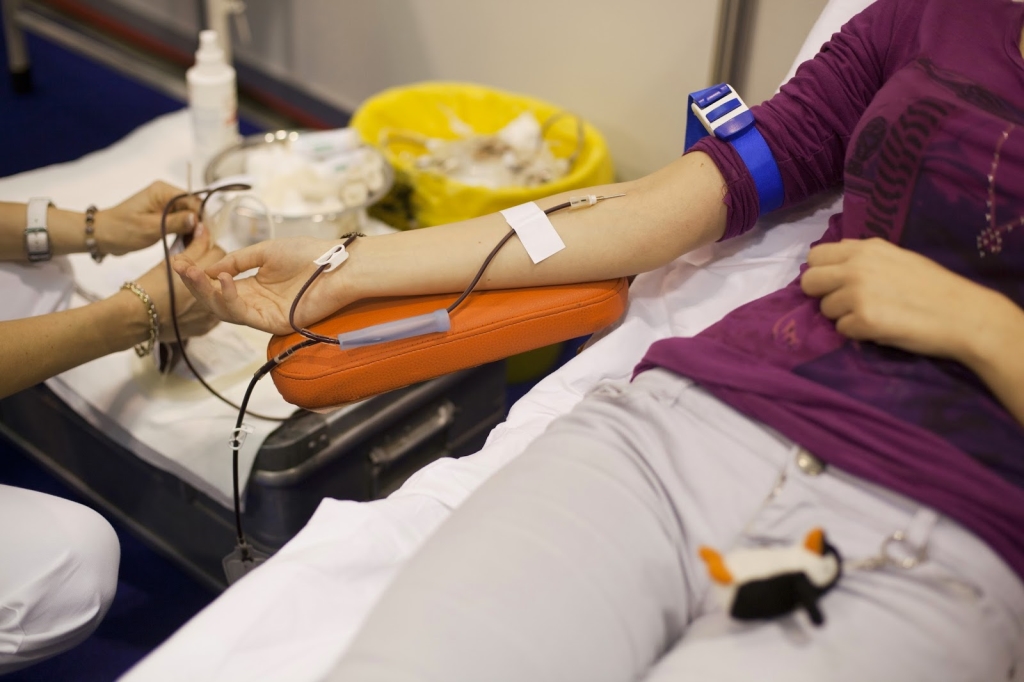Ultimate Guide to Phlebotomist Training Programs: Kickstart Your Medical Career Today
Embarking on a career in the healthcare industry can be highly rewarding, and becoming a certified phlebotomist is one of the most accessible and impactful entry points. This comprehensive guide will walk you through everything you need to know about phlebotomist training programs, how to choose the right training, benefits of becoming a phlebotomist, practical tips for success, and real-world insights. Whether you’re a recent graduate, switching careers, or exploring healthcare pathways, this article aims to equip you with valuable data to kickstart your medical career today.
What Is a Phlebotomist?
A phlebotomist is a healthcare professional trained to draw blood from patients for laboratory testing, transfusions, donations, or research. They play an essential role in medical diagnostics and patient care, ensuring accurate specimen collection and patient comfort. As demand for laboratory services grows, so does the need for skilled phlebotomists.
Why Pursue Phlebotomist Training?
- Fast entry into healthcare: training programs typically last a few weeks to a few months.
- High demand job market: Certified phlebotomists are sought after in hospitals, clinics, labs, and blood donation centers.
- Affordable training options: Cost-effective compared to other medical careers with extensive schooling.
- Rewarding career: Make a difference in people’s lives by helping diagnose and treat illnesses.
Understanding Phlebotomist Training Programs
What Do these Programs Cover?
Phlebotomist training programs typically include both theoretical knowledge and practical skills, such as:
- Basic anatomy and physiology
- Proper blood collection techniques
- Patient interaction and communication skills
- Safety protocols and infection control
- Labeling, storing, and transporting samples
- Legal and ethical considerations
Types of Phlebotomist Training Programs
| Program Type | Duration | Format | Certification Availability |
|---|---|---|---|
| certificate Programs | 2-8 weeks | In-person / Online | Yes |
| Diploma Programs | 3-6 months | In-person / Online | Yes |
| Apprenticeship | Varies | On-the-job training | Usually requires prior certification |
How to Choose the Right Phlebotomist Training Program
Selecting the best training program is crucial for your career success. Consider these factors:
- Accreditation: Ensure the program is accredited by recognized bodies such as the National Accrediting Agency for Clinical Laboratory Sciences (NAACLS).
- Certification preparation: The program shoudl prepare you for certification exams like the PTR (Phlebotomy Technician Certification).
- Practical training: Look for programs with ample hands-on experiance.
- Job placement assistance: Some programs offer helpful job search support post-completion.
- Cost and schedule: Choose a program that fits your budget and availability.
Steps to Become a Certified phlebotomist
- Research and select a reputable training program.
- Complete the required coursework and practical training.
- obtain certification: Pass a recognized certification exam (e.g., ASCP, NHA, or ASPT).
- Apply for jobs: Seek employment in hospitals, clinics, laboratories, or blood banks.
- Maintain certification: Complete continuing education requirements as needed.
Benefits of Becoming a Certified Phlebotomist
- Competitive salary: Entry-level phlebotomists earn a median annual salary around $36,000,with opportunities to grow.
- Flexibility: Work in various healthcare settings and shifts.
- Job stability: Growing demand ensures consistent employment opportunities.
- Personal fulfillment: Directly contributing to patient care and medical advancements.
Practical Tips for Success in Phlebotomy Training
- Practice regularly: Hands-on skills improve with repeated practice.
- Focus on patient comfort: Develop excellent communication skills to ease patient anxiety.
- Stay organized: Keep track of clinical hours and coursework.
- Engage with instructors: Seek feedback and additional guidance when needed.
- Prepare for exams: Use practice tests to build confidence.
Case Study: From Beginner to Certified Phlebotomist
Meet Sarah: a recent graduate who was unsure about her career options. after researching, she enrolled in a certified phlebotomy training program in her city. Within three months, she completed her coursework and practical training. Sarah passed her certification exam the first time and secured a position at a local hospital blood bank. Today, she enjoys a rewarding career with flexible hours and opportunities for advancement.
First-Hand Experience: what to expect During Training
During your phlebotomist training, expect a mix of classroom learning and clinical practice. initially, you’ll learn about blood collection techniques, safety protocols, and anatomy. Practical labs help you develop needle insertion skills, blood sample handling, and patient communication. Real-world clinical rotations allow you to work alongside seasoned professionals, building confidence in your abilities.
Conclusion
Starting a career as a phlebotomist is an excellent choice for individuals seeking a rapid entry into healthcare with stable job prospects. Through dedicated phlebotomist training programs, you can gain the skills necessary to succeed, earn certification, and begin making a difference in patients’ lives. Remember to pick an accredited program, gain practical experience, and stay committed to continuous learning. with passion and perseverance, your journey to becoming a certified phlebotomist can be both fulfilling and rewarding. Kickstart your medical career today and step confidently into the exciting world of healthcare!
